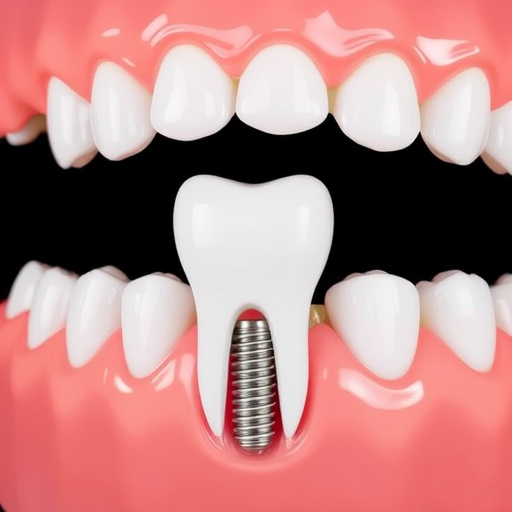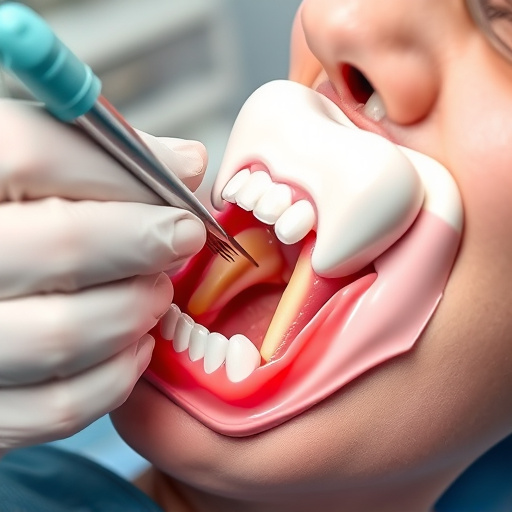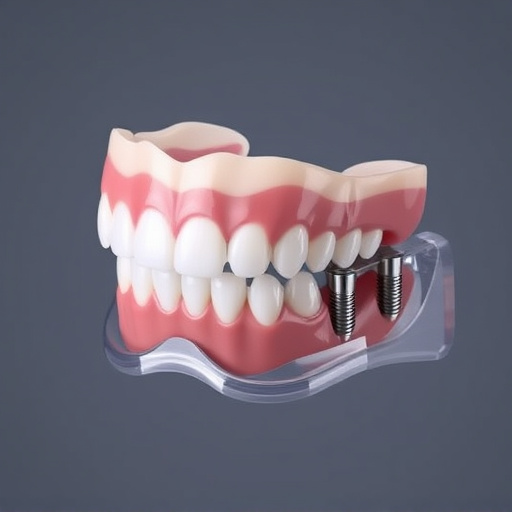Bone grafting treatment is a key step for preparing jawbones to receive dental implants when bone loss occurs due to tooth loss, gum disease, or previous surgeries. This procedure involves placing bone-like material to stimulate new bone growth, ensuring a solid foundation for successful implant integration. Regular dental cleanings maintain optimal bone density, and bone grafting enhances oral health and aesthetics by addressing structural issues that might complicate implant placement. With high success rates, it offers natural-feeling, durable solutions compared to traditional methods.
Bone grafting treatment plays a pivotal role in dental implant preparation, addressing critical issues like inadequate bone structure. This advanced procedure is essential for ensuring successful dental implants, offering a permanent solution for missing teeth. Understanding bone grafting involves grasping how it stimulates bone growth and integration with dental implants. This article delves into the process, benefits, and success rates of bone grafting treatment, guiding patients towards informed decisions.
- Understanding Bone Grafting for Dental Implants
- The Process of Bone Grafting Treatment
- Benefits and Success Rates of Bone Grafting
Understanding Bone Grafting for Dental Implants

Bone grafting treatment plays a pivotal role in dental implant preparation, especially when there’s a deficiency or loss of bone tissue due to factors like tooth loss, gum disease, or previous surgeries. This advanced procedure involves the strategic placement of bone-like material into the jawbone to stimulate new bone growth and create a solid foundation for dental implants. By integrating with the existing bone structure, these grafts act as scaffolds, ensuring the stability and longevity of the subsequent implant.
Understanding the importance of bone health in dental procedures is crucial, especially when considering treatments like wisdom tooth removal or cosmetic fillings. Regular dental cleanings are not just about preventing cavities; they also contribute to maintaining optimal bone density around teeth. Bone grafting, therefore, serves as a game-changer, addressing structural issues that might otherwise complicate or prevent the successful placement of implants, enhancing overall oral health and aesthetics.
The Process of Bone Grafting Treatment
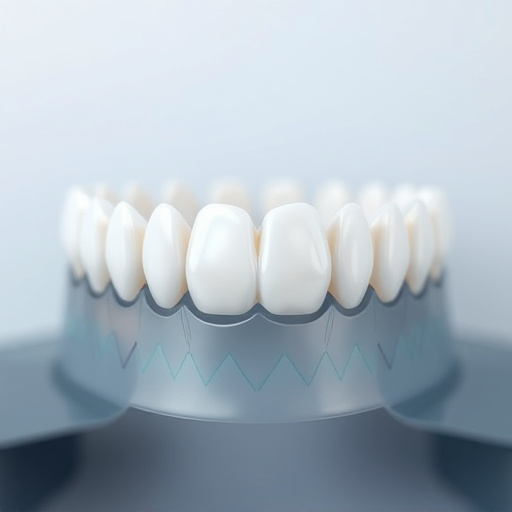
Bone grafting treatment is a crucial procedure in preparing for dental implant placement, especially when there has been bone loss due to tooth extractions or previous oral surgeries. The process involves several steps designed to enhance and restore the jawbone structure. Initially, a small incision is made in the gum to access the underlying bone. A sterile bone graft material, often harvested from the patient’s own body (autologous) or from a donor source (allogenic), is then carefully placed into the extracted tooth socket or the area of bone loss.
This graft acts as a scaffold, encouraging new bone growth and creating a solid foundation for the future dental implant. After the graft is positioned, it is covered with a protective membrane to promote healing. Over several months, the grafted bone integrates with the existing jawbone, providing a strong base for the installation of dental implants, which can then be topped with crowns or other dental restorations, effectively replacing missing teeth and restoring oral function. This treatment is common following tooth extractions or in cases where dental cleanings and treatments have resulted in bone loss.
Benefits and Success Rates of Bone Grafting
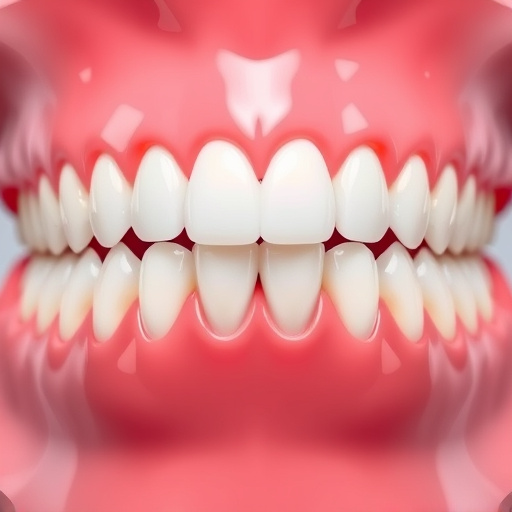
Bone grafting treatment has emerged as a transformative process in dental implant preparation, offering numerous benefits to patients seeking long-term solutions for missing teeth. This advanced procedure involves the strategic placement of bone tissue to regenerate and restore the jawbone structure, which is crucial for the successful integration of dental implants. By stimulating bone growth and improving bone density, bone grafting ensures a solid foundation for future dental crowns or implants, enhancing overall oral health and aesthetic appeal.
The success rates associated with bone grafting treatment are promising, with studies indicating high levels of patient satisfaction and long-term stability. This procedure is particularly beneficial for individuals who have experienced bone loss due to tooth absence or periodontal disease. By addressing the underlying bone structure issues, bone grafting can significantly improve the outcomes of dental implant surgeries, ensuring a more natural and durable solution compared to traditional methods. The integration of grafts with the surrounding bone allows for enhanced osseointegration, resulting in implants that feel secure and function like natural teeth.
Bone grafting treatment plays a pivotal role in dental implant preparation, addressing one of the primary challenges in oral surgery—bone loss. By understanding the process, its benefits, and high success rates, patients can make informed decisions about their dental health. Bone grafting not only enhances the stability of implants but also improves overall oral function and aesthetics. This advanced treatment option underscores the ongoing revolution in modern dentistry, ensuring a brighter, healthier smile for years to come.








